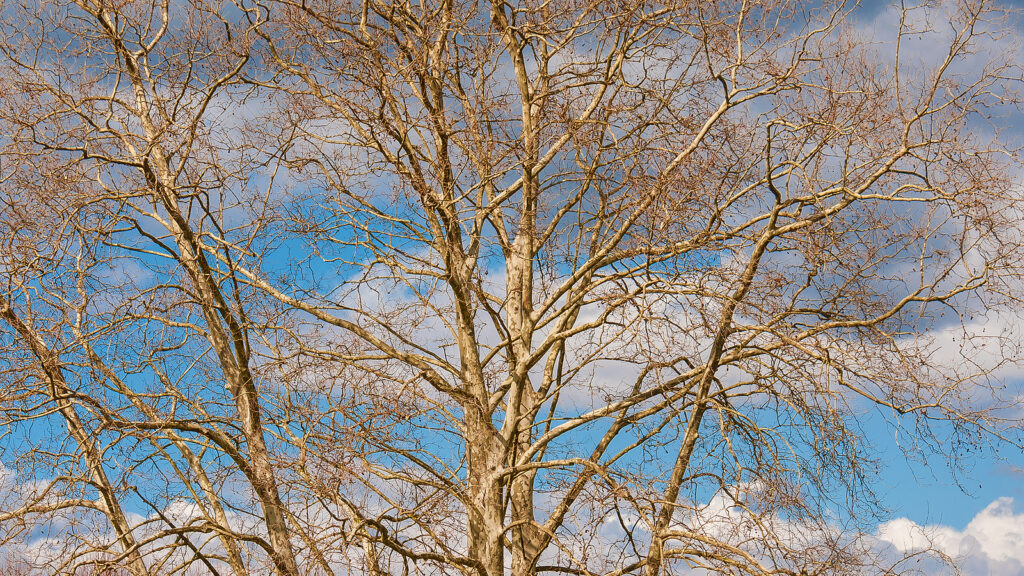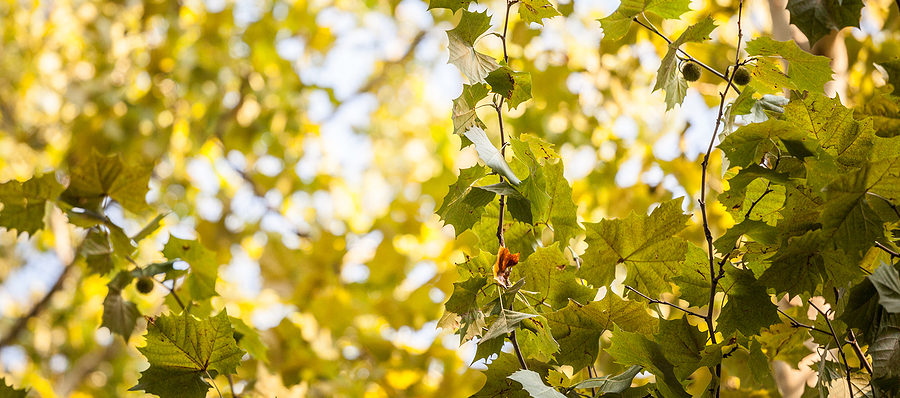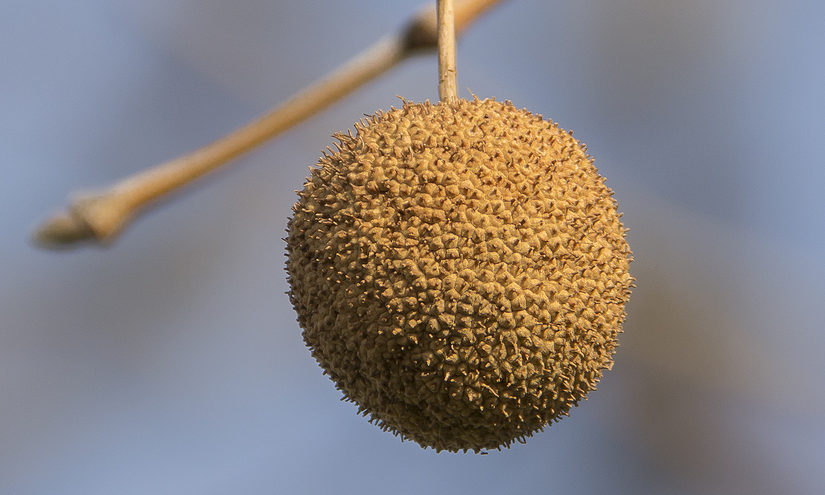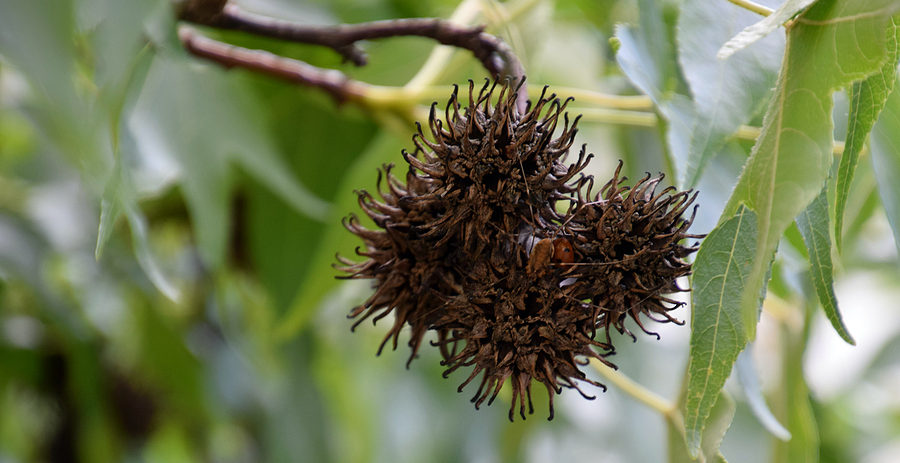Sycamores are magnificent ancient species that deserve so much gratitude. If you have a sycamore tree on your property, you are one lucky homeowner. So, when your sycamore tree starts to show signs of decline or has not sprouted leaves this spring, you may be asking yourself some very important questions. Is my sycamore tree dead? Why did my sycamore tree die? Should I remove a dead sycamore tree? Continued below to learn the answers to these questions and more.

The American Sycamore (Platanus occidentalis)
The American sycamore tree is a prevalent species in U.S. Department of Agriculture (USDA) hardiness zones 4 through 9, which means they are very common here in the Hoosier state. They are one of the tallest growing trees in our region, achieving heights as high as 100 feet! American Sycamores also bear round, button-like fruit that looks similar to a Christmas tree ornament. Each ball is a cluster of seeds, appearing rough on the surface. They bloom in late summer when temperatures are high and steady. They are unique in that the fruit remains attached to the tree through the winter season, rather than dropping in the fall like similar deciduous trees. When spring arrives, the cluster of seeds will break apart and fall to the ground.
How Does Your Sycamore Tree Look Right Now?
Being that is it in fact spring, your sycamore trees should be dropping their fruit right about now. But if your trees haven’t even sprouted leaves at this point, it could be dead. In fact, a sycamore tree that is still bare and leafless in spring is a top sign that it is dead. Additional signs of a dead or dying Sycamore tree include missing bark, damaged bark, dropping branches, past outbreaks, epicormic sprouting at the base of the trunk, or only one side of the tree sprouting leaves.
However, it is possible that only part of the tree is dead when exhibiting such signs. This is where diagnosis gets a little tricky. It is important to consult a licensed and insured Indianapolis tree service company for an accurate diagnosis. They can determine whether your tree is dead and if it should be removed for safety reasons.
When to Remove a Dead or Dying Sycamore Tree
In most cases, a dead sycamore tree will not need to be removed. Those that do will exhibit certain signs. Specifically, a sycamore tree should be removed if it is leaning, dropping branches, or has more than 50% damage to the trunk or canopy. Always enlist the services of a professional Indianapolis tree care contractor for safe tree removal services.
Never attempt to remove a dead sycamore tree on your own. There are several hazards and safety concerns involved in tree work that are beyond the untrained eye. Proper tree removal requires expert knowledge and training, as well as state licensing, industry-specific resources and materials, quality equipment, and more.
Do you have a dead tree that needs to be removed on your lot? Contact Complete Tree Care at 317-783-2518 for licensed and insured tree removal in Indianapolis, Indiana and its surrounding counties. We serve residential and commercial clients.
Related Posts:
The Difference Between a Sycamore Tree and a Sweetgum Tree
Questions and Answers About Oak Tree Care
How To Tell if You Have Dangerous Trees On Your Property
How Much Will Tree Removal Cost?




